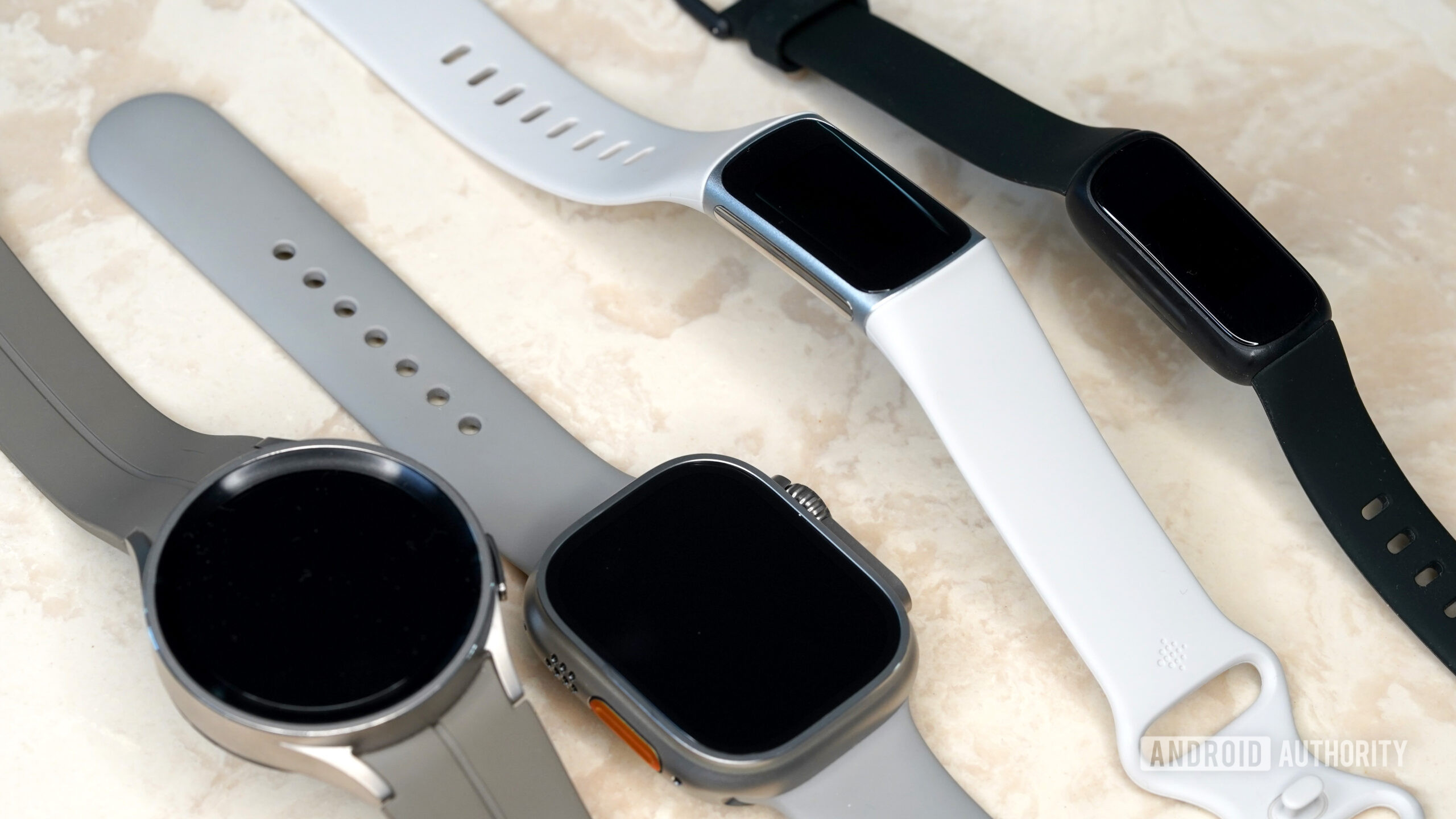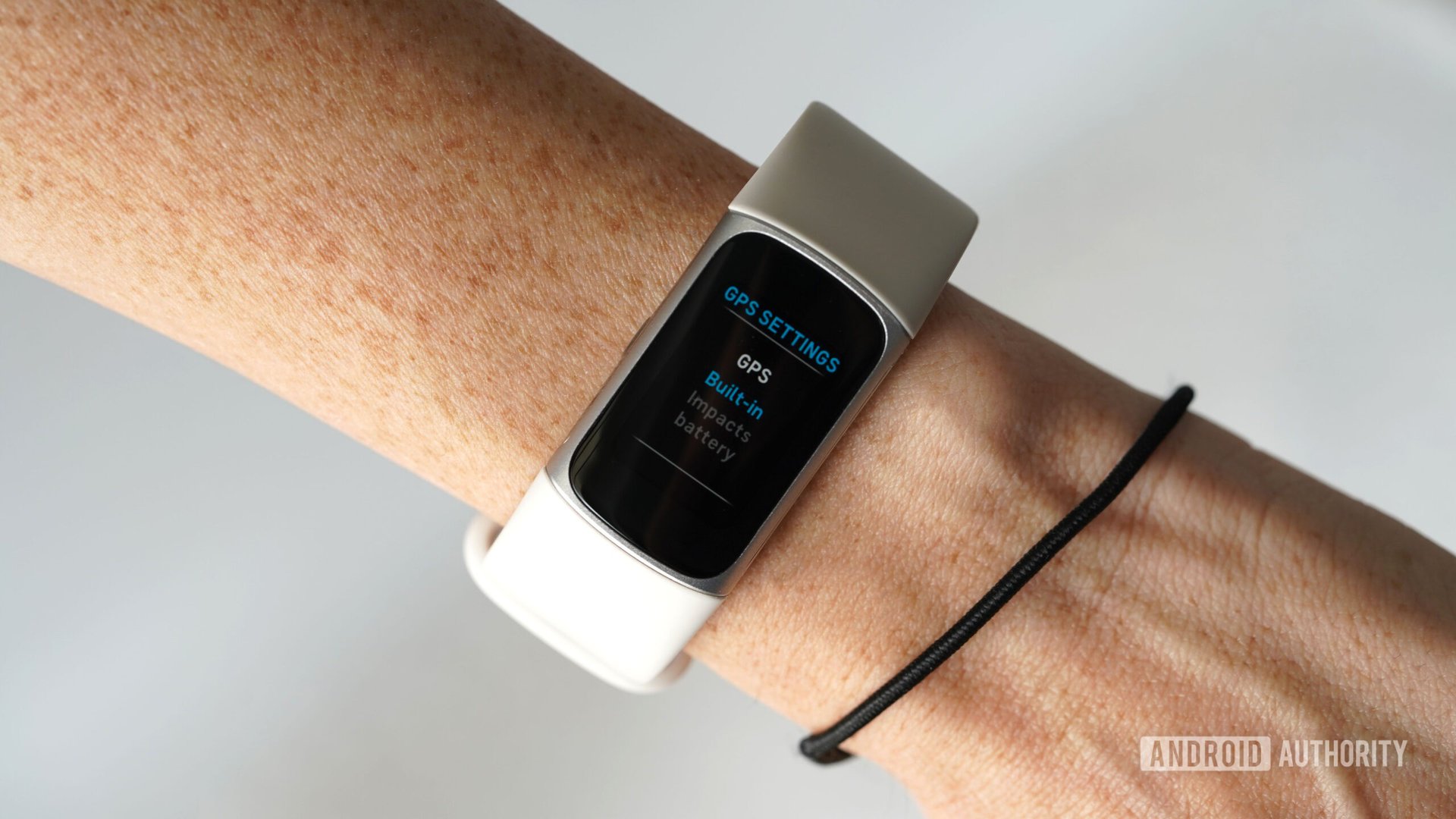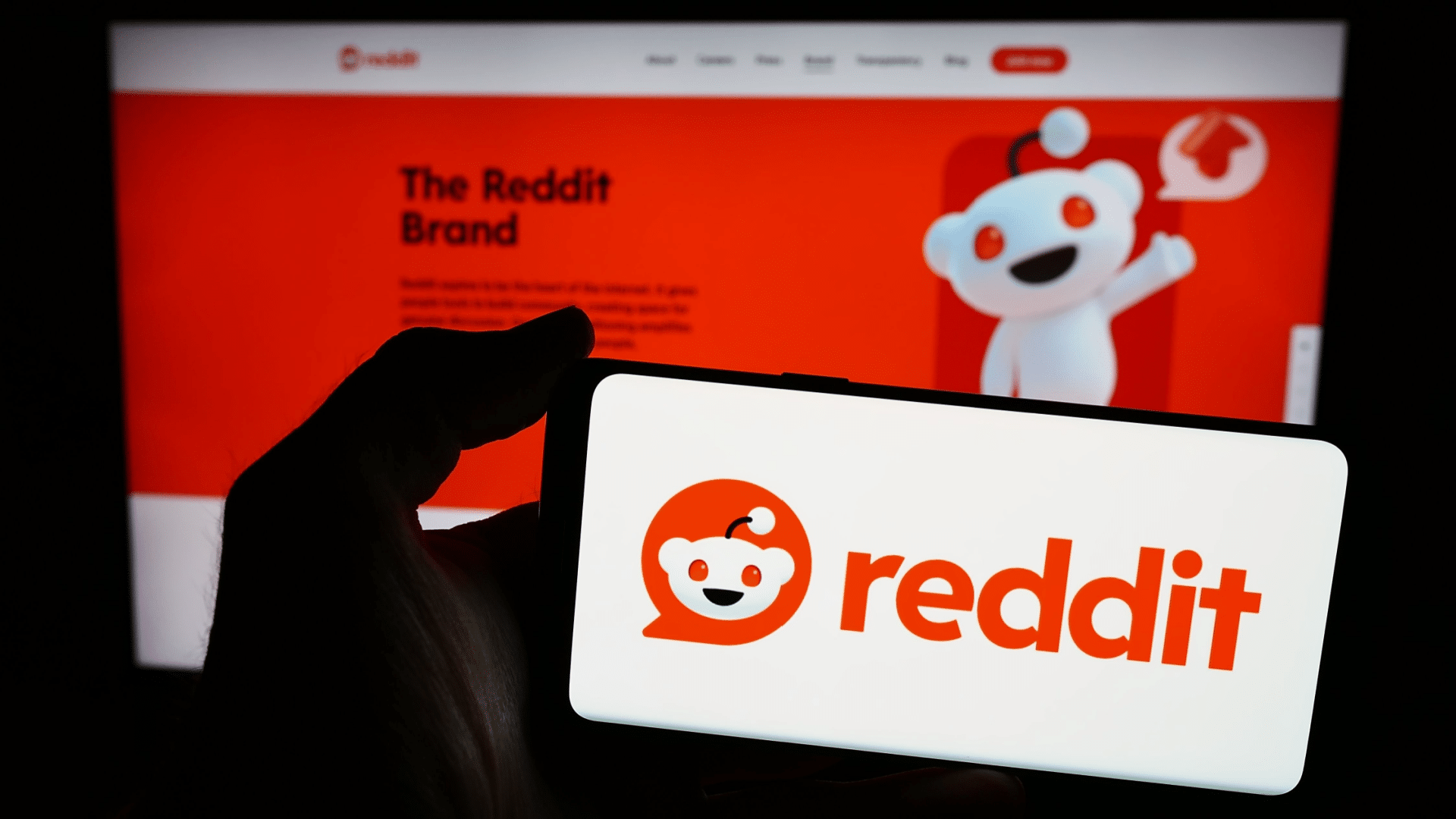Fitness
Will smart rings edge out traditional fitness trackers?
Kaitlyn Cimino / Android Authority
The wearable tech market keeps growing, but when it comes to fitness tracking, one form factor is shrinking. With Oura leading the charge and Samsung dropping a smart ring of its own, finger-based wellness tracking is more popular than ever. Meanwhile, smartwatches continue to add features and tools that make the most of wrist-based displays. So, where does that leave traditional band-style trackers?
Ringing in new options

Kaitlyn Cimino / Android Authority
Smart rings are now a viable option for anyone interested in a passive tracking experience. With jewelry-inspired designs, they’re petite and subtle and blend into a user’s day-to-day look. By dropping displays in favor of better battery life they introduce fewer distractions, and they’re particularly comfortable for sleep tracking. Most cover the basics, including heart rate, SpO2, stress, and temperature, and many collect robust overnight stats. In other words, they’re unique and powerful alternatives to smartwatches.
Smart rings offer a passive tracking experience and a subtle form factor.
Now that Samsung has joined the ring race, it’s likely we’ll see even more competitors crop up. There have been rumors of an Apple smart ring in the works for some time now, and it’s always fair to wonder what the Google/Fitbit team might have in the works. The small form factor is an attractive one to many shoppers.
From bands to watches

Kaitlyn Cimino / Android Authority
Smart rings are the product of years of innovation. We’ve come a long way from clipping pedometers to our belts. When Fitbit and a handful of other companies originally popularized fitness tracking bands, they took our wrists by storm. Intended to help users combat obesity, these early trackers set the stage for the abundant options we have at our disposal today.
The sprawling wearables market is now anchored by smartwatches with oversized AMOLED displays, packing everything from built-in GPS tracking to virtually endless third-party app support. These tools have become invaluable to many users as capabilities continue to improve and beneficial health impacts expand. I rely on my own smartwatch for everything from training guidance to medication reminders to convenient notification access when I’ve left my phone many rooms away.
Many shoppers have graduated from band-style trackers to full-blown smartwatches.
In recent years, many features originally developed for smartwatches have made their way to band-style trackers as well, blurring the line between the product types. For example, Google’s acquisition of Fitbit led to the Charge line now offering Maps, Wallet, and NFC support. The Charge 6 also features the biggest display on the line yet, a design bump we also saw Garmin bring to its own tracker line on the Vivosmart 5. Even budget trackers like the Xiaomi Mi Band 9 and Huawei Band 7 feature beefed-up colorful displays. With more and more features trickling down from smartwatches to trackers and tracker displays growing to sizes very similar to smartwatches, is there a role for the smaller siblings anymore?
So what about classic trackers?

Kaitlyn Cimino / Android Authority
It’s impossible to say where these trends will leave band-style trackers going forward. At first glance, it’s easy to imagine that anyone wanting a pared-down experience will grab a ring, and anyone looking for a full-feature set will grab a watch.
However, smart rings don’t collect nearly enough activity-tracking data to replace a wrist-based wearable. There is likely a middle camp of shoppers who want GPS tracking and the workout features of a smartwatch but don’t need third-party app support or don’t want a bulky device. I’ve personally found that smart rings can also be fairly uncomfortable for certain workout types like weight lifting. They’re equally annoying to wear while playing sports with handles, like tennis. Samsung addresses this in a unique way by offering powerful integration between the Galaxy Ring and Galaxy Watches, but not all rings are backed by established ecosystems.
For now, smart rings don’t offer the same level of fitness tracking found on traditional trackers.
There is also a benefit to the simplicity of certain trackers, like Fitbit’s Inspire 3, for teens or even older adults. A smartwatch may be overwhelming when basic health and fitness tracking is all that’s needed. Other shoppers may just really enjoy wearing a traditional watch and want a wrist-based wearable with a narrow aesthetic that won’t look repetitive. Trackers are also generally cheaper, with some of the best options hovering around $100 while still offering plenty of useful features. As watch prices continue to soar, the fitness tracker might become even more popular as a budget alternative.
For now, traditional fitness trackers still have a place in the market. I think it’s very likely we will continue to see the staple lineups supported. However, the impact of the growing popularity of smart rings and the continual crossover between watches and trackers should be interesting to watch going forward.
Which wearable form factor do you prefer?
10 votes










